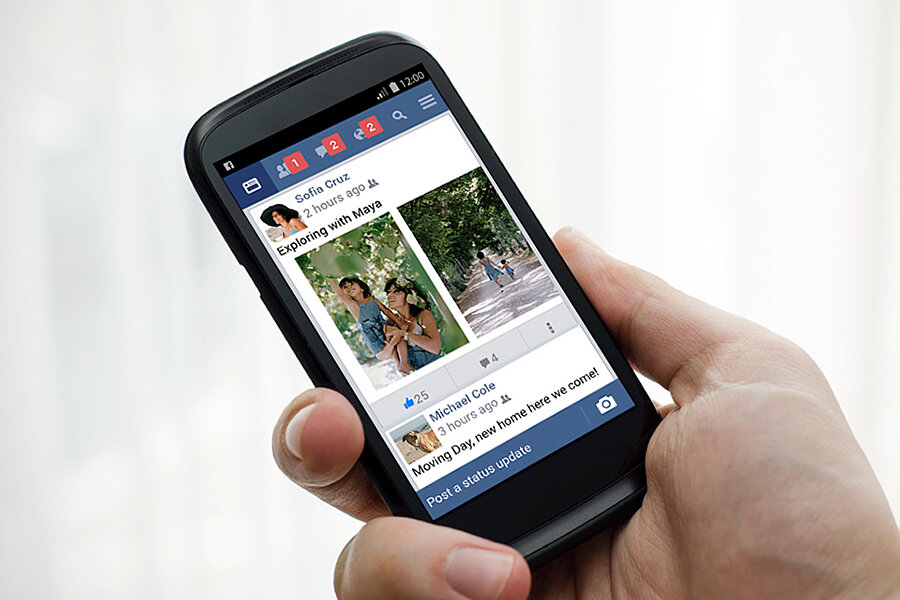Facebook Lite offers similar mobile experience, but at lower cost
On Thursday, Facebook announced that it would slim down Facebook for Android into a standalone app called Facebook Lite. This new app – exclusively for Android devices – was first unveiled back in January on limited release, and only as of last week was made readily available through the Google Play store.
According to Facebook’s press release, Facebook Lite differs from the traditional Facebook app by removing many of the data-intensive features, such as auto-loading videos, high quality photos, and rich textures from News Feed. For much of the world, this lowered data usage is enough to get people to use the app.
Through image caching and data storage, the original Facebook for Android app can run upward of 100 megabytes on disk, compared to the less than 1 megabyte for Facebook Lite. Putting Facebook on a data diet works toward the company’s goal of connecting “the next five billion,” as global mobile data services can be financially unfeasible for much of the world’s emerging markets. Facebook Lite is another example of the company making its app more efficient for emerging markets where data usage is a constant consumer worry.
“Bandwidth monitoring is a real thing for a lot of people,” says Katy Pearce, assistant professor in the Department of Communication at the University of Washington.
While the price of phones has dramatically decreased over the past decade, the cost of mobile data has not. Though more of the world is now able to afford a smart phone, many are not able to afford the data costs that come with it.
“It’s not uncommon for people to have smart phone devices but no data plan," says Dr. Pearce. "They just exclusively use Wi-Fi because they can’t afford a mobile data connection."
Nathan Eagle, chief executive officer of Jana, a technology company in Boston working to provide Internet to developing countries, believes he understands Facebook’s motivation behind Facebook Lite, which is mostly gearing to emerging markets in Asia, South America, and Africa.
“These corporations are desperately trying to figure out how [to] provide some level of connectivity to people,” says Dr. Eagle, “now that these individuals are carrying around phones that can support their service.”
With rising data costs and an increased consumer flow into the smart-phone market, app developers and service providers are scrambling to figure out the best ways to deliver their services at affordable rates. Weekly data plans can cost anywhere from one day’s to one week’s worth of pay, according to Eagle.
With such a high price on data, companies are going to have to figure out creative ways to make their service affordable to developing markets.
"They know their future revenue is not coming from North America [and] Western Europe,” says Eagle. “The strategy is that you’re going after the next billion people who now suddenly have the hardware to use your service.”






